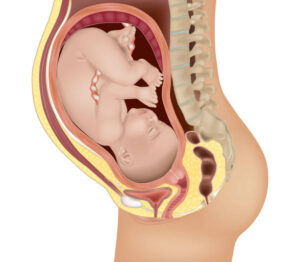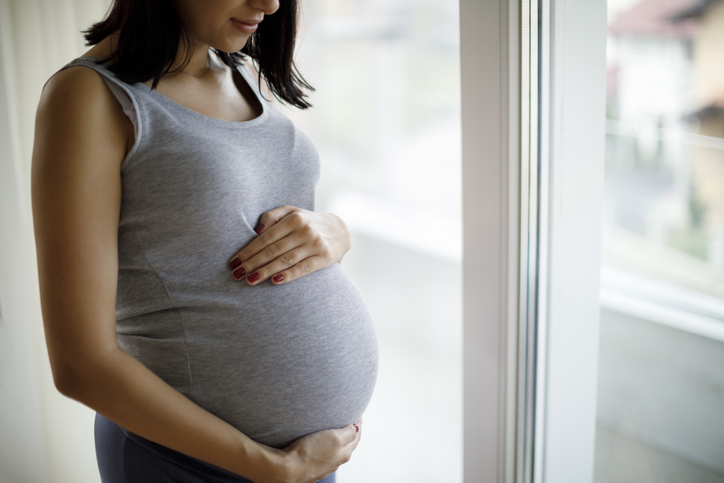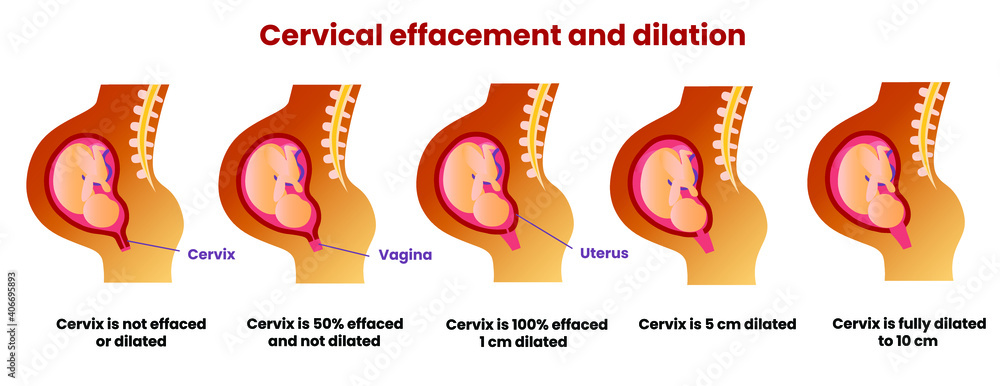Cervical Position During Pregnancy: A Comprehensive Guide

Pregnancy is a transformative journey marked by various physiological changes in a woman’s body. Among these changes, the position of the cervix holds vital clues about the advancement of pregnancy. In this comprehensive guide, we will delve into different types of cervical positions during pregnancy, how they evolve during pregnancy, and their significance for expectant mothers.
Understanding the Types of Cervical Position: The cervix’s position is categorized into three main types: low, medium, and high. Each type corresponds to a specific phase of the menstrual cycle and pregnancy, revealing valuable information about a woman’s reproductive health.
1. Low Cervical Position: During the early stages of the menstrual cycle, the cervix is positioned low in the vaginal canal. It feels firm to the touch and is tightly closed. In pregnancy, a low cervical position is often associated with the early phases when the fertilized egg implants itself in the uterine lining.
2. Medium Cervical Position: As ovulation approaches, the cervix rises to a medium position within the vaginal canal. It becomes softer, slightly open, and moister than during the low position phase. In pregnancy, a medium cervical position indicates the transition between the early and mid-pregnancy stages.
3. High Cervical Position: After ovulation, the cervix moves to a high position, situated deeper within the vaginal canal. It is soft, open, and wet to the touch. During pregnancy, a high cervical position signifies the later stages, where the body is adapting to accommodate the growing fetus.
Cervical Position Changes During Pregnancy: Throughout pregnancy, the cervix undergoes dynamic changes due to hormonal fluctuations and the body’s preparation for childbirth. The position of the cervix acts as an indicator of these changes, offering healthcare providers crucial information to monitor the pregnancy’s health and development.
Significance of Monitoring Different Cervical Positions: Observing the various cervical positions during pregnancy serves several purposes:
- Detection of Early Complications: Sudden changes, such as the cervix becoming softer or opening prematurely, might indicate a risk of preterm labor, prompting timely intervention.
- Monitoring Pregnancy Progress: Healthcare providers track cervical positions to gauge the pregnancy’s advancement and ensure everything is progressing as expected.
- Providing Adequate Guidance: Knowledge of cervical positions empowers expectant mothers to understand their bodies better and make informed decisions.
Conclusion: Navigating Pregnancy Through Cervical Position Awareness: The relationship between cervical positions and pregnancy is an intricate tapestry that sheds light on the body’s remarkable adaptability. By recognizing the nuances of each position type, both medical professionals and expectant mothers can collaborate to ensure a healthy pregnancy journey. This awareness empowers women with the resources to navigate pregnancy confidently, while also enabling healthcare providers to deliver personalized care and assistance.
In summary, the journey of pregnancy is closely intertwined with the cervix’s changing positions. By embracing the insights these positions offer, women can embark on their pregnancy journey informed and empowered, while healthcare professionals can provide the necessary guidance for a successful pregnancy experience.


